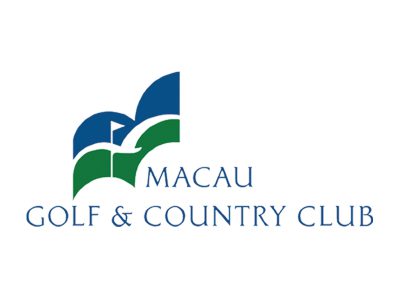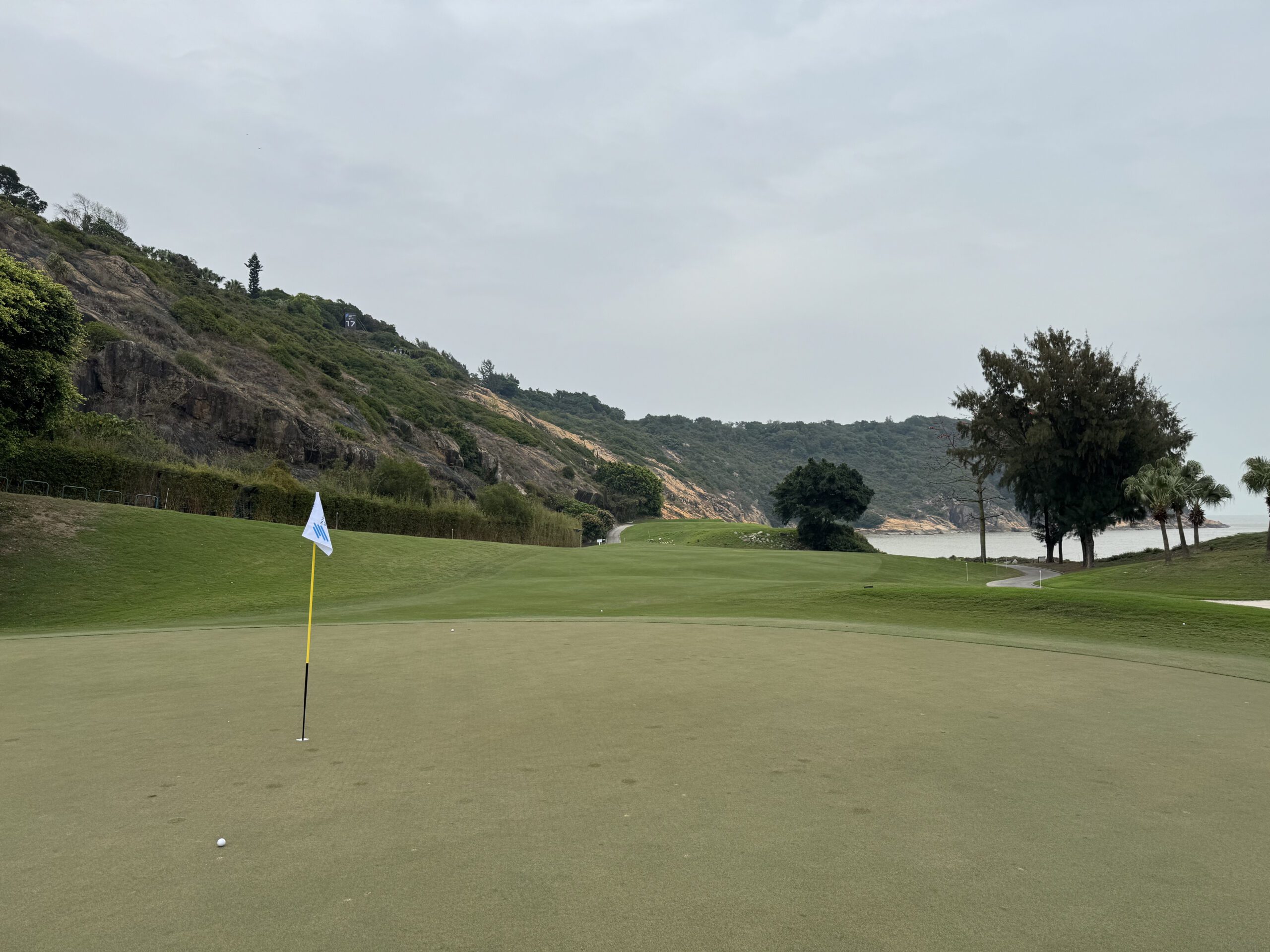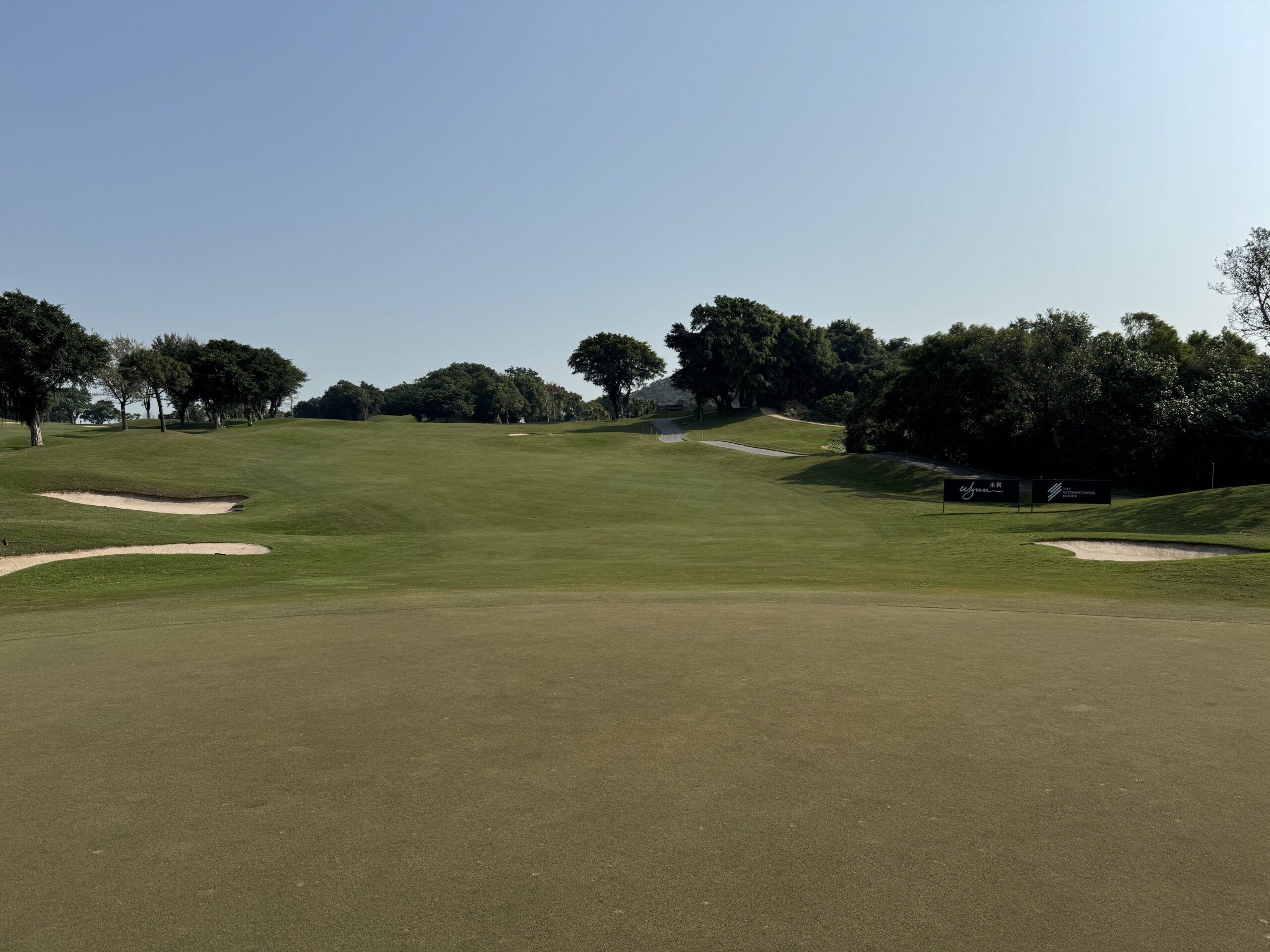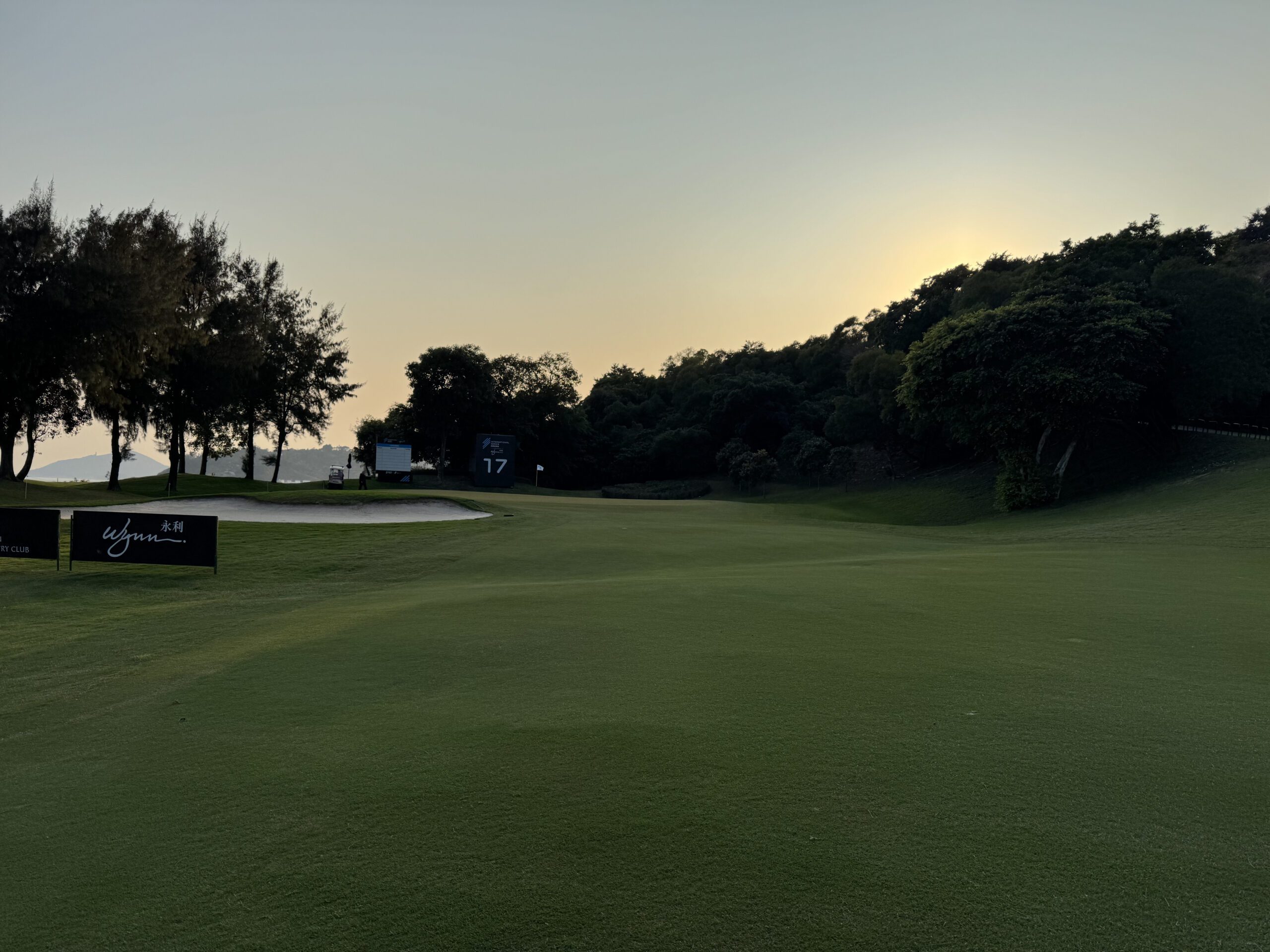
The foundation of The Players Club’s narrative is an exceptional evolution tale. A complete rerouting and redesign of the existing Tianzhu golf club was orchestrated, marking a transformational moment. The imprint of Gary Player Design graces every contour, meticulously shaping fairways and bunkers into an Australian Sandbelt-inspired symphony. A legacy of design innovation then
unfolded, where fairways merge seamlessly into the sculpted bunkers, creating an artful narrative that redefines golfing aesthetics in Beijing.
As a regular host venue for presti- gious events like the D.P. World Tour and the L.P.G.A., we offer a comprehensive range of services to ensure the success of these tournaments.
Our expertise extends to various areas, including construction input, where we provide valuable insights and recommendations to optimize the layout and design of the course. We also assist in equipment fleet and workshop set-up, ensuring that all necessary tools and resources are readily available for smooth operations.
As a regular host venue for presti- gious events like the D.P. World Tour and the L.P.G.A., we offer a comprehensive range of services to ensure the success of these tournaments.
Our expertise extends to various areas, including construction input, where we provide valuable insights and recommendations to optimize the layout and design of the course. We also assist in equipment fleet and workshop set-up, ensuring that all necessary tools and resources are readily available for smooth operations.
The remediation plan commenced with a technical audit across all major agronomic variables. This diagnostic phase was fundamental in establishing the baseline conditions and informing the subsequent programming:
Despite environmental setbacks and condensed preparation time, the course successfully hosted two premier events in Q4 2024 and Q1 2025.
The presence of the Claret Jug trophy on display in the clubhouse further underlined the event’s elevated status and signaled the club’s reintegration into the international championship circuit.
Post-tournament, TGM delivered a strategic advancement plan structured around both infrastructure modernization and agronomic resiliency. Recommendations included:
Environmental stewardship planning, integrating buffer zone management and nutrient retention protocols




